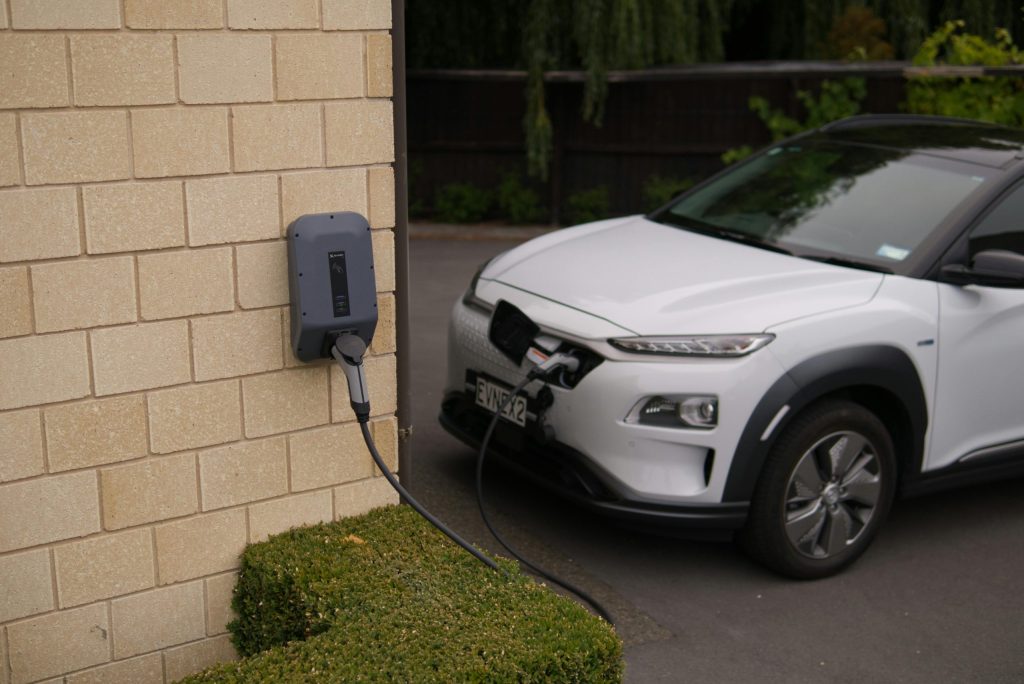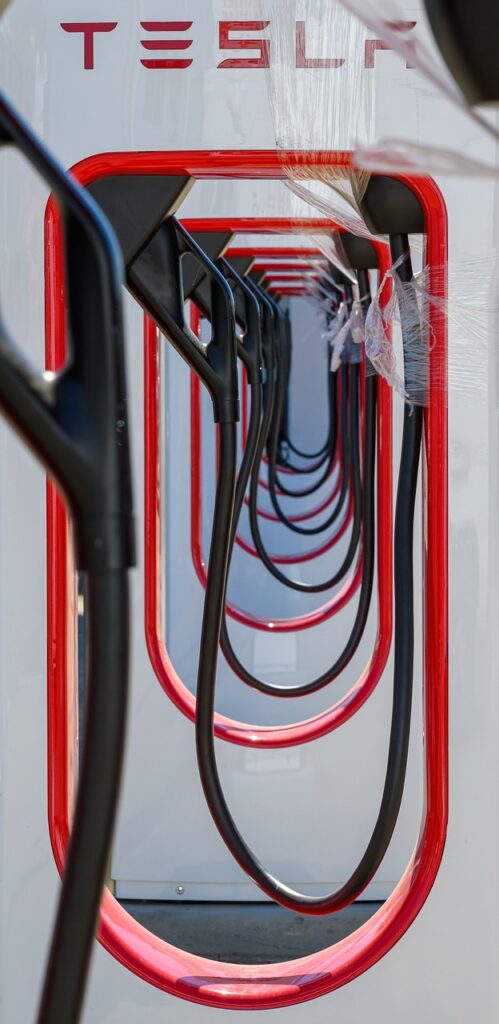electric vehicles (EVs), the year 2024 brings significant changes to the Clean Vehicle Tax Credit, transforming the dynamics of purchasing an EV. As we delve into the intricacies of these changes, we aim to provide an in-depth understanding of how these modifications impact potential buyers and the electric vehicle market.

The Evolution of EV Tax Credits
The Internal Revenue Service (IRS) initiated updates to its electric vehicle tax credit rules on January 1, marking a paradigm shift in how buyers experience immediate savings on EV purchases. The most noteworthy change is the ability for buyers to claim a tax credit, maxing out at $7,500 for new EVs and $4,000 for used ones, at the point of sale itself. This revolutionary modification means that buyers can now enjoy a substantial discount, effectively turning the tax credit into an instant rebate.
Immediate Savings: A Game-Changer
Previously, buyers had to wait until tax season to realize the benefits of the tax credit, creating a delayed gratification scenario. With the recent changes, it’s akin to having a $7,500 EV coupon, making the decision to go electric more appealing. This alteration, as highlighted by Ronald Montoya, senior consumer advice editor at Edmunds, transforms the credit into a tangible discount on the vehicle, fostering a more immediate and tangible incentive for buyers.

Navigating the New Rules
While the prospect of immediate savings is enticing, navigating the new rules requires a nuanced understanding of various factors. It’s crucial for prospective buyers to consider the following key aspects:
1. Price Caps and Vehicle Types
Eligibility for the tax credit is subject to price caps based on the manufacturer’s suggested retail price (MSRP). For SUVs and pickups, the MSRP threshold is set at $80,000, whereas other vehicle types must not exceed $55,000. This criterion aims to ensure that the tax credit benefits a broad spectrum of buyers.
2. Income Thresholds
Buyers’ eligibility for the tax credit is contingent on their modified adjusted gross income (MAGI). An individual with a MAGI exceeding $150,000 or joint tax returns with a MAGI surpassing $300,000 may find themselves ineligible. This criterion ensures that the tax credit targets buyers within specified income brackets.

3. Dealership Participation
For buyers to utilize the tax credit at the point of sale, dealerships must be willing to facilitate the transfer of the credit from the consumer to themselves. However, not all dealerships participate, underscoring the need for buyers to research and verify a dealership’s willingness and capability to handle the credit transfer.
4. Limited List of Eligible EVs
As of January 1, 2024, only a select number of EV models qualify for the tax credit. The US Department of Energy lists 19 eligible models, including the Chevrolet Bolt, Ford F-150 Lightning, and various Tesla and Rivian models. This reduced list is attributed to stringent sourcing and manufacturing requirements introduced to bolster the US auto industry’s competitiveness in the global EV market.
5. Sourcing and Manufacturing Requirements
The sourcing requirements mandate that an EV’s final assembly occurs in North America, with specific percentages of critical minerals, battery components, and overall manufacturing taking place in the US or countries with free trade agreements. These requirements, driven by a shift in trade and manufacturing policies, aim to position the US as a formidable player in the EV arena.

The Road Ahead for EV Buyers
In conclusion, prospective EV buyers must navigate a complex landscape of price caps, income thresholds, dealership participation, and stringent sourcing requirements. The evolving nature of the electric vehicle market, coupled with ongoing changes in manufacturing policies, indicates that the list of eligible vehicles is poised to expand over time.
As the industry adapts to these transformative shifts, staying informed and conducting thorough research is paramount for buyers aiming to capitalize on the 2024 EV tax credit changes. The immediate savings at the point of sale present an unprecedented opportunity for consumers to embrace the electric revolution while contributing to the growth of the US electric vehicle market.
Pingback: More ICE Owners Switch To Hybrids Than EVs - InsideEVs